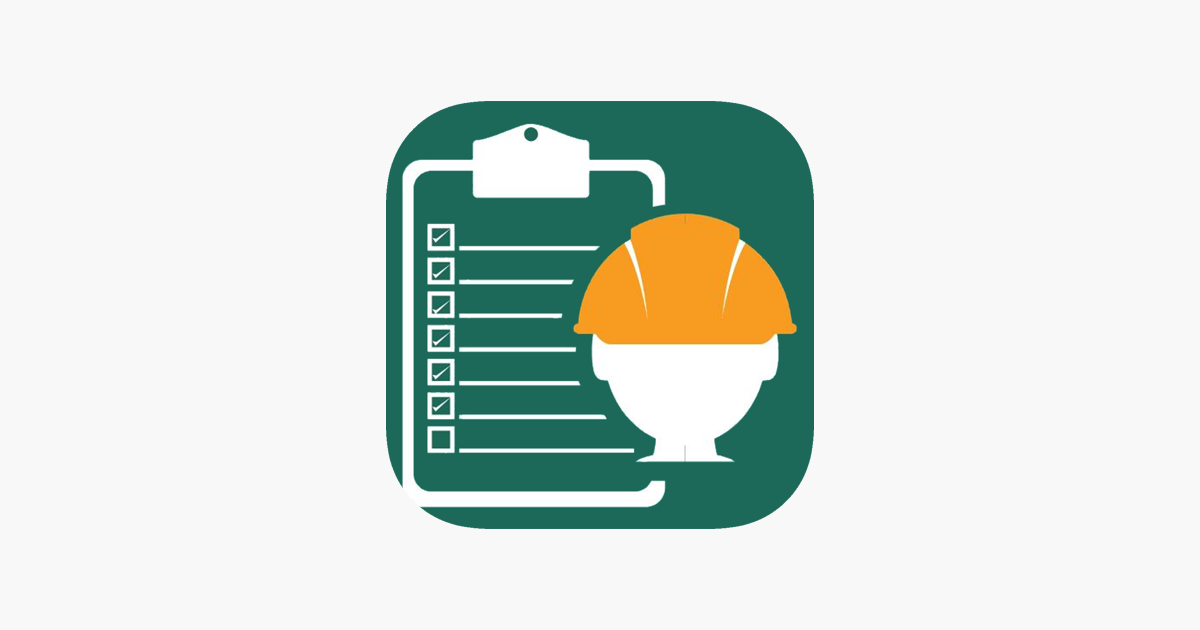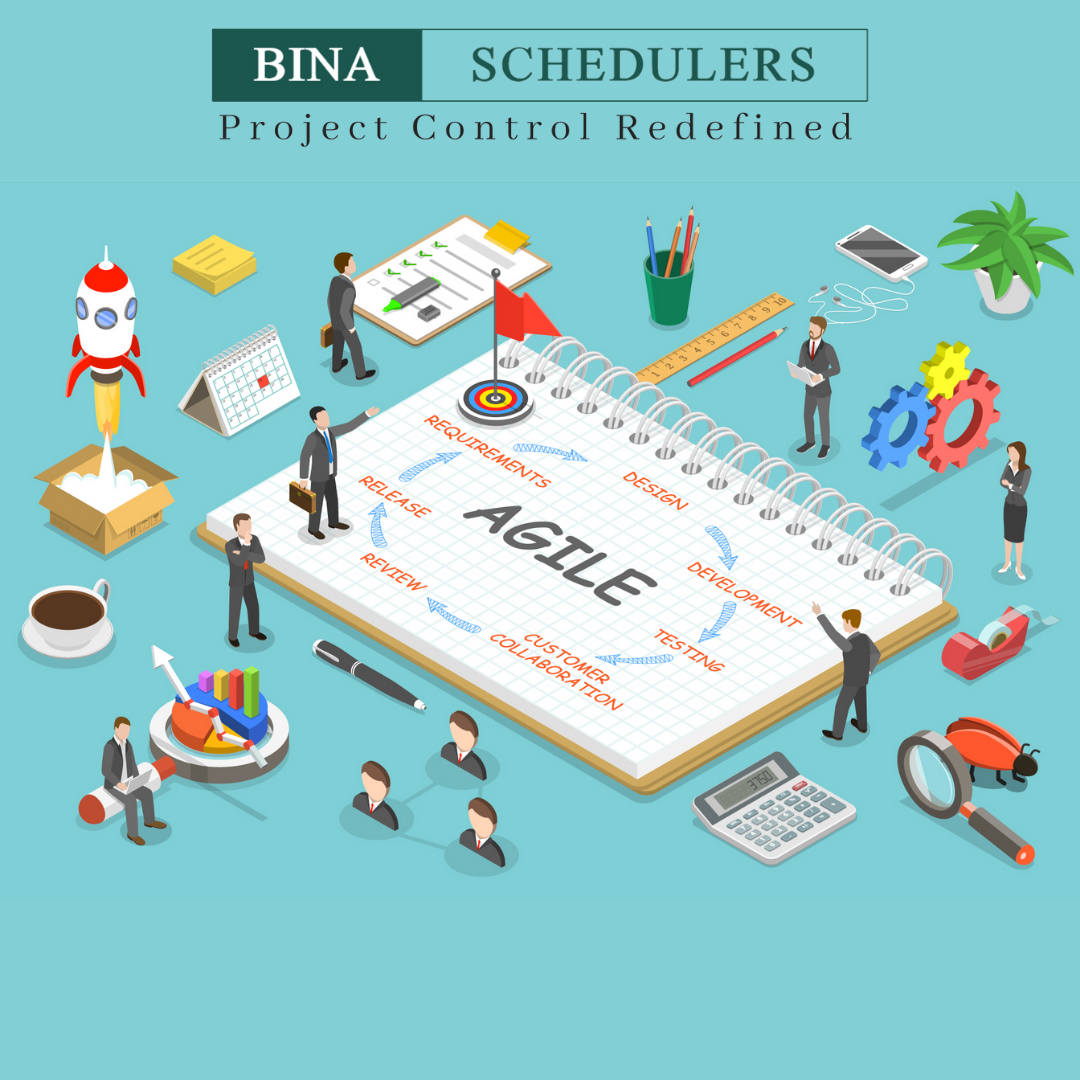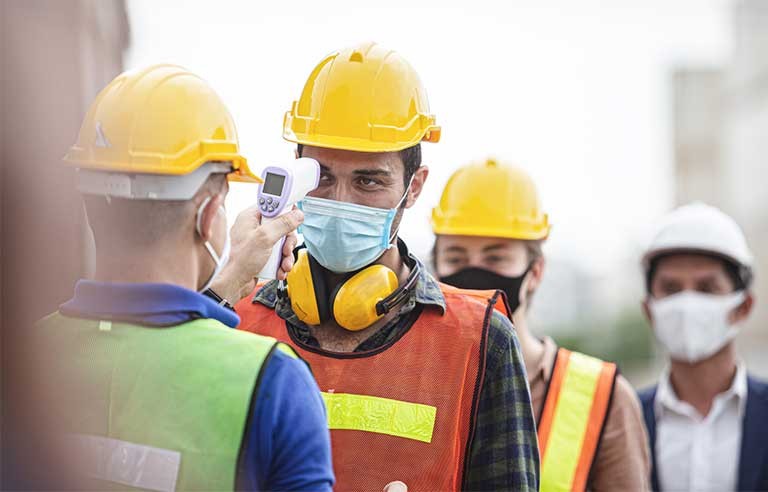
“Going digital” seems to be the talk of the town these days - even in the building and construction industry. Why? Simply because digitisation replaces site-based manual processes with efficient, frictionless and fast processes using a cloud-based system and mobile technology. The industry is less efficient and agile, without digitisation.
Get rid of paperwork, when all site processes and activities can be digitalised quickly and easily. However, not every builder, developer, facility operator or civil infrastructure project has the budget to digitalise the full spectrum of their field management processes.
To start building more efficiencies into site operations, an easy start is to digitalise individual forms and processes, to remove some cumbersome, manual processes involved with managing health, safety, environment or quality in the field.
We look at the top 10 reasons why you need a digital construction platform to digitise your Permits To Work (PTW), in this article. Why are digital Permit to Work systems (ePTWs) essential as part of the risk assessment process? To answer that, let us take a step back and look at what a PTW is and its processes.
What is a Permit to Work (PTW)?
Permit-to-work refers to a management system used to ensure that work is done safely and efficiently. These are used in hazardous industries, like in construction, and involve procedures to request, review, authorise, document and most importantly, de-conflict tasks and high-risk activities to be carried out by front line workers.
Often mandated by the statutory authorities, PTWs are also implemented as an additional control measure to manage high-risk tasks as part of a company’s Safety Management Plan or System. PTWs are typically required for high-risk tasks and work activities such as:
-
Hot works
-
Lifting operations
-
Demolition
-
Excavation
-
Working at height
-
Blasting
-
Working in confined spaces/ Tunnelling
Regulatory authorities or safety management systems usually provide complete lists of activities requiring PTWs.
What is the existing PTW process?
The PTW process involves information of high-risk activities: time of commencement and completion, assessment of the local risks involved, measures to manage risks, and safety checks to be performed on completion.
The PTW process controls the commencement, operation, and completion of high-risk works through a delegated approval and authorisation process. It is a formal authorisation system that starts with filling in a permit form by a work supervisor known as the PTW Applicant.
Once the PTW Applicant completes the form, the permit then goes through for approval to the delegated approvers known as the PTW Authority. Work can only commence after the permit form gets approved.
The PTW form usually needs to be displayed or held on-site at all times during the operation. After completing work and safety checks, the Permit Applicant will mark works as ‘completed’ and formally close the permit. Where ‘follow on operations’ are necessary, the PTW Authority may also close the permit releasing the follow-on works/operations of the site.
Now that we have reviewed what is a PTW and the PTW process, we can examine the top 10 reasons why you need an electronic Permit to Work software.
Top 10 reasons why you need an ePTW
-
Reduce administration costs with easy data entry and reporting.
-
Increase accountability with a rigorous approval process.
-
Gain traceability with digital sign offs and proper authentication technology.
-
Reduce time taken for the submission and approval process. No more time wasted on paper-based systems – chasing forms and approvals before commencing work.
-
Get real-time visibility on PTW applications on multiple sites. You do not need to be on-site to know what is going on.
-
Facilitate coordination on complex projects where multiple teams need to operate in the same areas.
-
Enforce consistent standards across multiple sites and different types of work activities. Benchmark HSE performance across these sites with the data captured.
-
Drive HSE performance with analytics. Build insights on e.g. reasons for permit rejections. Link near misses or incidents to PTW applications.
-
Keep records safely in the cloud. Say goodbye to the thousands of manual forms.
-
Easily access and retrieve PTW records in case of an audit.
5 key points to keep in mind when selecting an electronic PTW system
Make sure your ePTW system can:
-
Easily customise the PTW templates to meet your company and regulatory standards.
-
Customise your approval process and only assign authorised personnel to safely manage high-risk tasks.
-
Ensure that the digital system works in offline mode; PTW applicants can apply for permits offline and submit them online.
-
Identify workers, view their qualifications, and ensure workers have valid credentials/approvals to carry out the work on high-risk tasks.
-
Identify equipment, view their certifications, and ensure they can operate safely.
In order for the permit to work to achieve its aims and fulfil its purpose, it needs to cover all the legal requirements and essential points, control the risk sufficiently and clearly set out the procedures in place. Permits must only be issued by authorised and competent personnel.





























